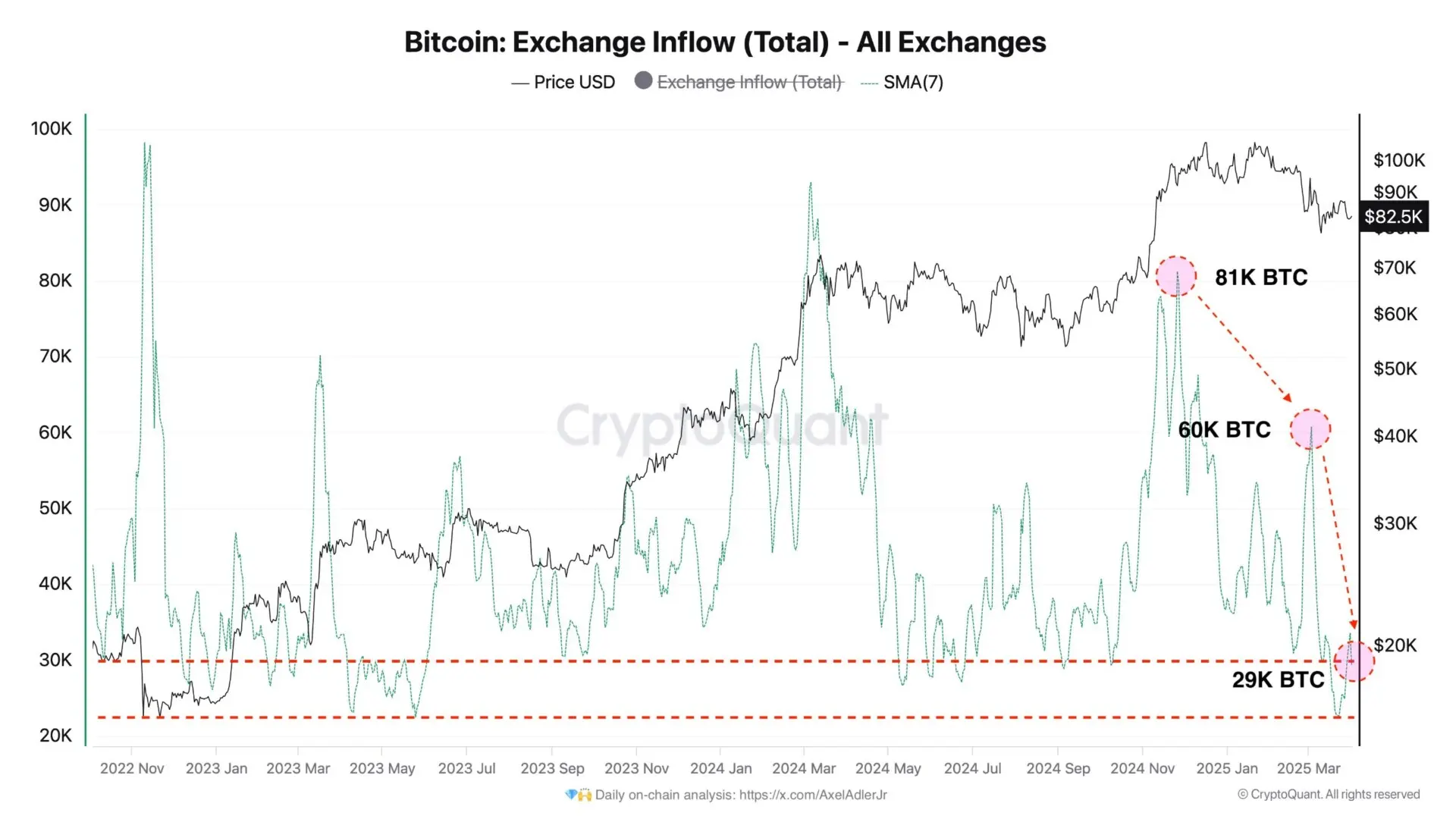 CaryptosHeadlines Media Has Launched Its Native Token CHT.
Airdrop Is Live For Everyone, Claim Instant 5000 CHT Tokens Worth Of $50 USDT.
Join the Airdrop at the official website,
CryptosHeadlinesToken.com
CaryptosHeadlines Media Has Launched Its Native Token CHT.
Airdrop Is Live For Everyone, Claim Instant 5000 CHT Tokens Worth Of $50 USDT.
Join the Airdrop at the official website,
CryptosHeadlinesToken.com
- Fed’s inflation gauge rises 0.4%, personal spending falls.
- Market anticipates two rate cuts this year.
- Bonds and stocks react; experts caution financial effects.


In March 2025, the Federal Reserve’s preferred inflation gauge recorded a 0.4% increase, coinciding with a drop in personal spending amid mounting financial concerns. The measure’s persistence raises concerns about potential economic fallout, affecting traders and investors.
The Federal Reserve’s latest figures reveal the PCE Price Index, reflecting a 0.4% rise in February, exceeding expectations of 0.3%. Core PCE inflation reached 2.8% annually, surpassing the Fed’s 2% target. This persistent inflation pressure continues to challenge policymakers.
Inflation Surges Beyond Fed’s 2% Target
The rise in inflation was accompanied by weaker personal spending, hinting at cautious consumer behavior. Financial markets reacted as stock index futures fell post-announcement while bond yields remained low. Derivative traders are expecting two rate cuts in 2025, starting in July.
Rajeev Sharma, Managing Director of Fixed Income Investments at Key Wealth, underscores the situation: “The PCE report shows that inflation rose at a mild pace in January, which offers some relief after a string of economic reports suggesting that inflation is heating up again” (source). Such insights suggest complex market dynamics, with attention on the Fed’s upcoming moves.
Markets Brace for Expected Rate Cuts in 2025
Did you know? Forecasters highlight that the Fed’s inflation pressures today parallel those of early 2024, continuing a trend of exceeding their 2% inflation target.
This inflationary pattern aligns with previous concerns flagged by experts throughout 2024. Bill Adams, Chief Economist at Comerica Bank, remarked that inflation trends have hovered around 2.5%, calling for close monitoring of policy decisions.
Continuing above-target inflation suggests potential shifts in both regulatory and financial landscapes. Policymakers must balance rate decisions with economic stability efforts amid evolving market sentiments. Analysts predict intricate changes, given the Fed’s upcoming strategies in response to ongoing pressures.












